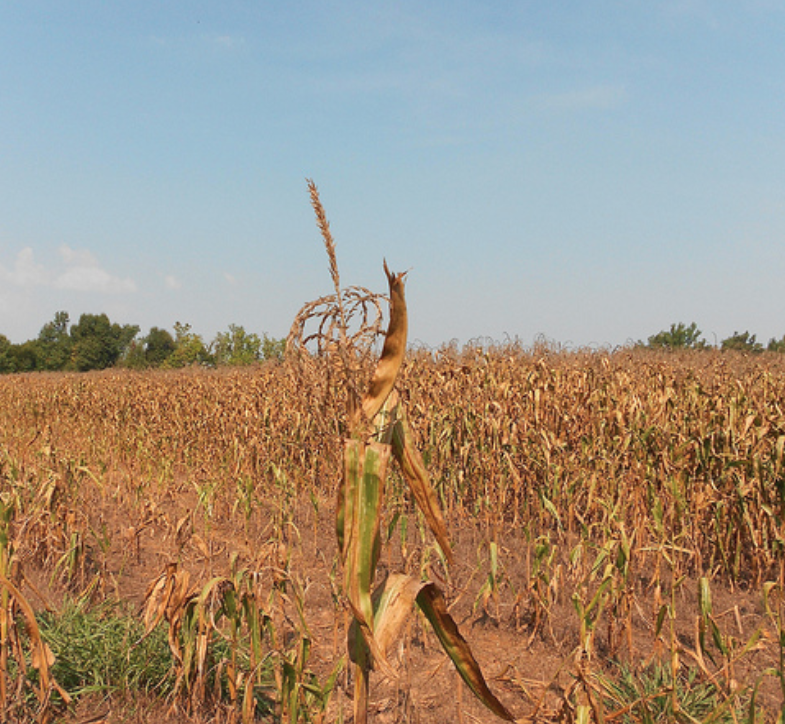A dry, warm pattern will persist across much of the continental United States for the next several weeks and possibly through the winter months. Dangerous drought conditions across much of the southern tier and Northeast will likely continue, if not grow worse in some areas. What’s causing this abnormal and stagnant pattern?
La Nina Influence
Dry, warm conditions across the southern tier of the US are characteristic of the La Nina phase of the ENSO. This cycle of warming and cooling of eastern Pacific sea surface temperatures has profound impacts on global weather. The graph below shows the rapid shift from a strong El Nino (more than +2.5) early in 2016 to the current weak La Nina (around -0.7). The forecast calls for continued weak La Nina conditions at least through early 2017.
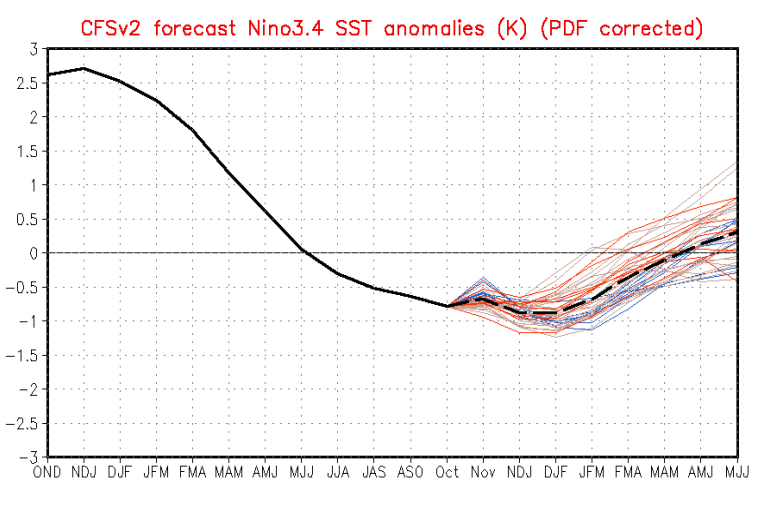
Drought Impacts & Forecast
Drought conditions have worsened steadily over portions of the Mid-South and Northeast with 2016 rainfall deficits well in excess of a foot in some places (see map below). Burn bans have become commonplace. The governor of Alabama recently declared a drought emergency for many counties in his state. The drought has also heightened long-standing disputes between states about usage rights for shared freshwater sources. The state of Florida has filed a federal lawsuit against the state of Georgia over water flow rates on the Chattahoochee and Flint rivers.
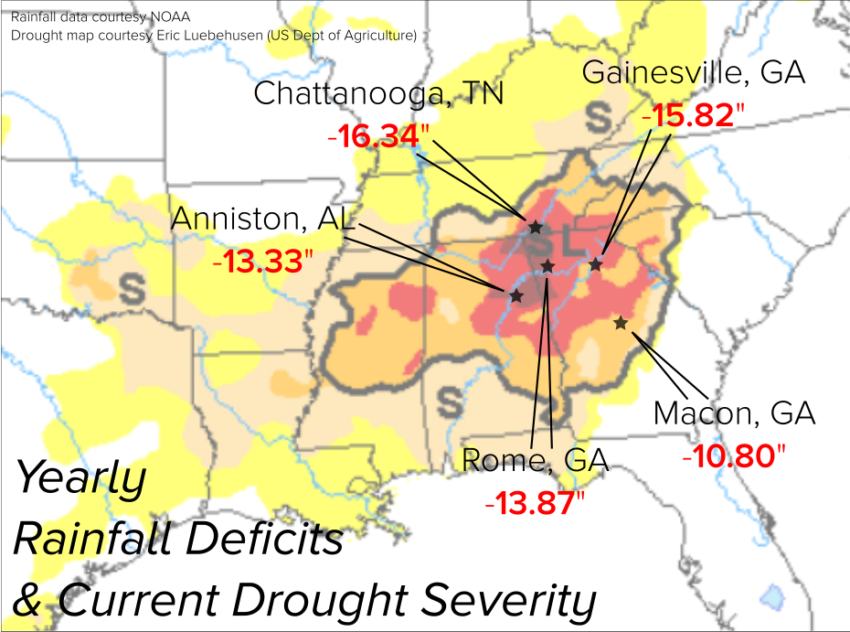
Forecasts for the early to mid winter (see maps below) offer little hope for significant relief in the next few months. Dry conditions are expected across the South with abnormally warm temperatures likely across much of the lower 48. Fortunately water resources have yet to be seriously strained. However, wintertime droughts can stress the growth of perennial flowers, trees and shrubs. The prospects for major improvement before the spring 2017 growing season also grow dimmer by the day.
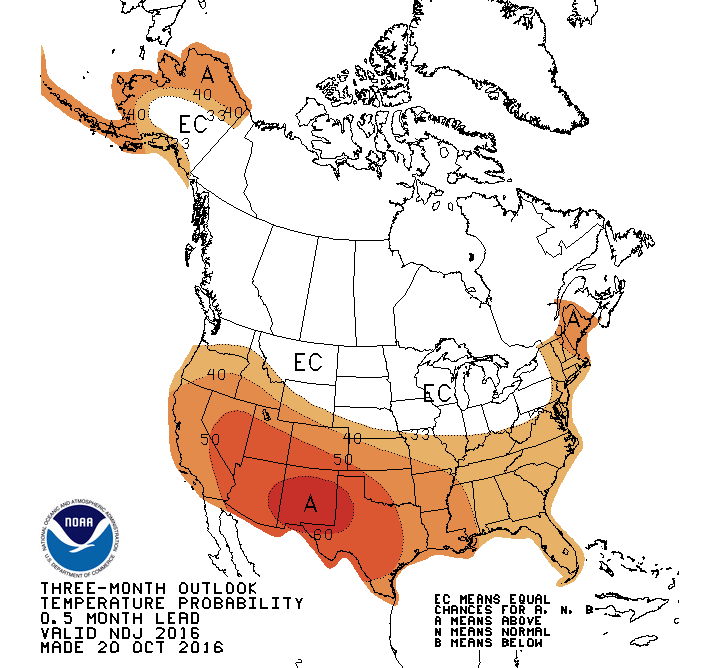
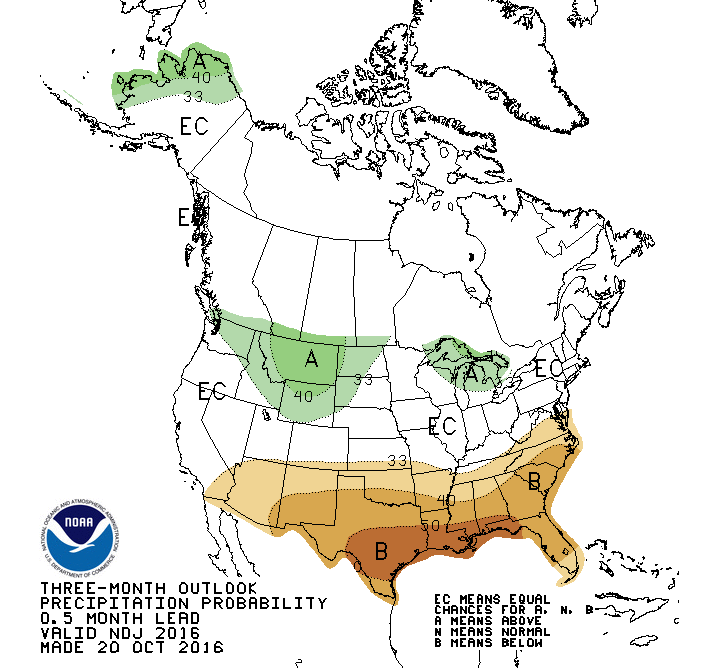
Follow us on Twitter and Facebook for the latest on day-to-day weather events as well as long-term patterns.
